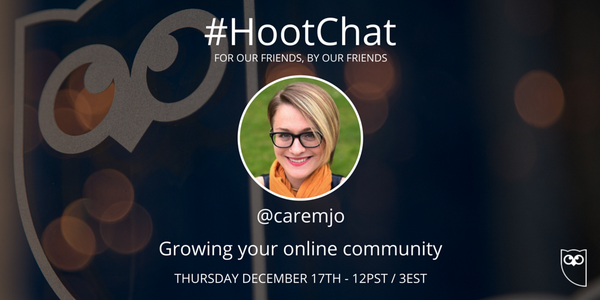
I recently participated in a discussion with fellow community managers about managing a community team as well as social efforts. Here are my tips; I hope you find them helpful.
I have 10 engineers who assist within our community. Their prime responsibility is helping increase communication and interaction levels within the community as well as promote and confirm knowledge so answers can be provided to customers in a timely manner. It is important they concentrate on engagement and asking questions rather than providing answers for two reasons.
1. Communities work becuase people want to help others and share their knowledge; if we simply rushed to provide answers, members and power users who wish to contribute would stop coming.
2. Athough they are not providing answers, being part of conversations shows we have a company presence within and care about what our members have to say.
I hold weekly meetings with the team to discuss:
1. Traffic
2. Their activity: log-in, comments made, comments they made marked helpful by community members
3. Training and best practices with examples from within the community
Best practices for online behavior are:
- Read twice, post once.
- Write in the first person.
- Stay on point; keep discussions relevant and germane.
- Some conversations need to be moved outside of our Community.
- Remember that you represent the company / brand as well as yourself when you engage.
- Allow Community members to answer first, then confirm the solution.
- Offer value, avoid redundancy, and be sure to read the other comments first.
- Keep discussions professional; never resort to insults, slurs, or obscene language.
- Protect your credibility, correct your mistakes, and don’t alter previous posts without indicating that you have done so. Transparency is key, and expected.
Regarding Social: I use twitter and LinkedIn to drive traffic to specific discussion within my community and track progress with Hootsuite, utm codes, and Google Analytics.
I look forward to your comments, additions, and suggestions.
Best,
Toby






